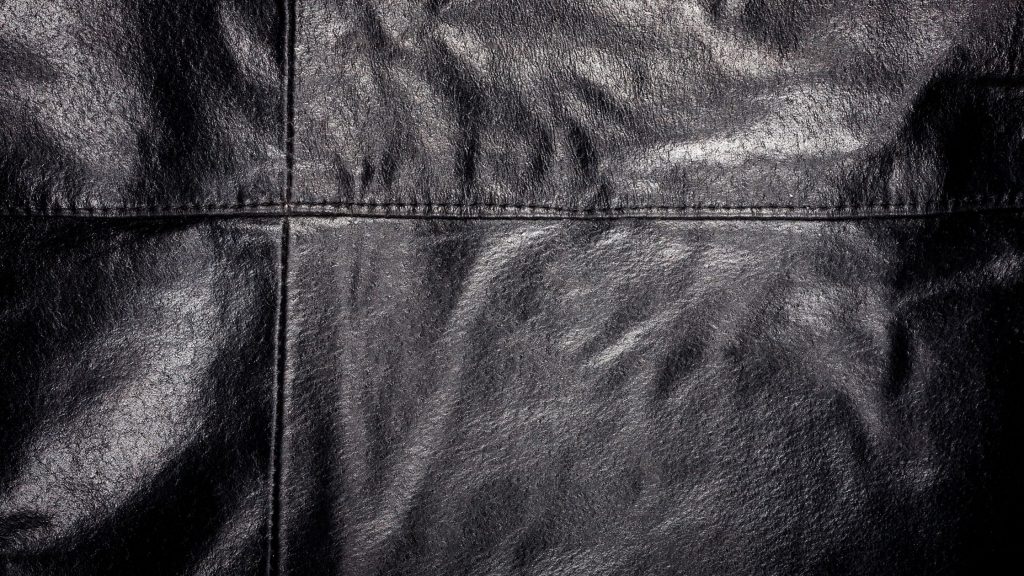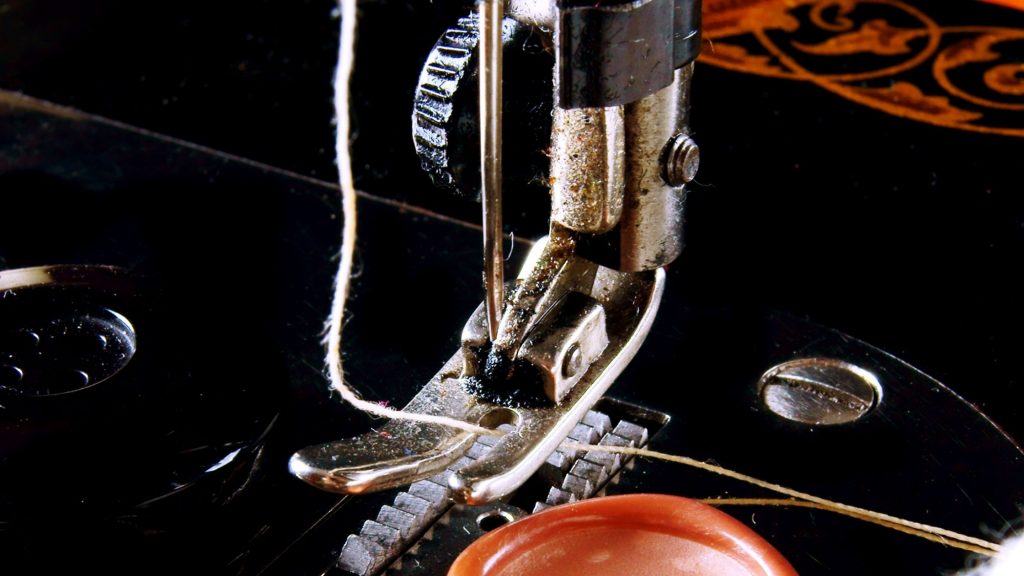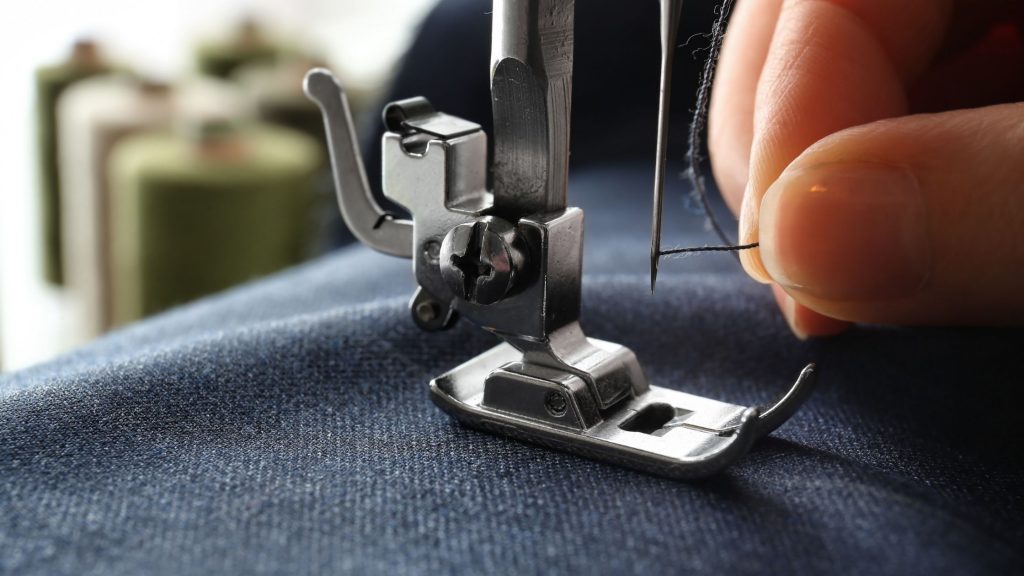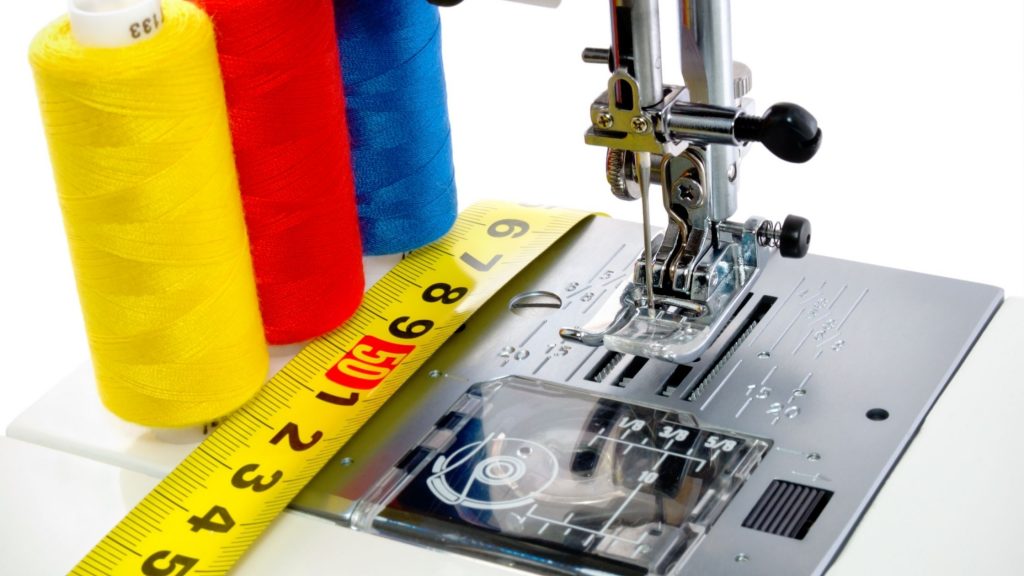When your passion is dressmaking and designing, the sewing machine is your ultimate best friend. It is the one that guides your cloth, career, and seam strips, thus, an essential part of your life.
Today, we will look at some problems your best friend might cause and learn to repair sewing machines like a pro. Don’t worry; it is going to take a little effort and easy steps to reach the goal.
First of all, you should look at the manual provided by your sewing machine shop. If you are using an antique machine, then the manual can easily be found online.
If the solution to your problem is not in the manual, then try looking up the machine model and structure to study it from a better perspective. Still, most machine mechanics are the same, so let’s get started with basic problems and their solutions.
Problem: Uneven Seams and Rough Stitching

Answer: This usually happens when you don’t give attention to your machinery, and small lint gets clogged in. So, all you need is an old toothbrush and a screwdriver (if required).
Unscrew the Throat plate, remove the Bobbin case, and dive right in with the driver to keep those holes clean.
Stuck or clogged lint can produce noise and uneven seams. When you are done cleaning the machine thoroughly, make sure to tighten every screw. You are done with sewing machine repair so get back to stitching.
Problem: Bunching of Thread Under The Fabric

Answer: It is the most common problem for tailors and DIY lovers, but don’t worry because the solution is easier than you think. Firstly, make sure that the thread of Bobbin and upper thread are the same because the difference in weight can cause clogging.
When you know this is not the reason for your issue, then re-thread your machine by putting the presser foot to rest. Re-thread, the upper body, double-check for all the right turns and hooks, and then re-thread the Bobbin and Bobbin case accurately. Wasn’t it easy than expected? Yup, we thought the same. Happy stitching!
Problem: Constant Breaking of Threads

Answer: If your thread breaks, make sure the upper and bottom threads are the same; if yes, then re-thread your upper machine and set the tension with the Tension Regulator presented on top of the machinery.
Most threads break due to uneven pressure and the weight ratio of fabric. Also, make sure you use the thread compatible with sewing machines, and they are not as delicate as used in hand stitches.
These were some of the basic issues a person faces, but we sprint an extra mile to accommodate more and answer your queries.
Frequently Ask Questions
What are the tools needed for repairing a sewing machine?
Only simple and essential tools are needed for sewing machine repair at home. A screwdriver will do 90% of the tool work to fix the machine at home. Just remove the screws and set what is wrong, and you are all done.
How much time and cost is needed to repair the sewing machine at home?
In most cases, repairing the machine at home requires a little assistance only. Minor fixations and solutions can quickly be done by hand. If you don’t have the necessary household tools, then buy them for their multipurpose reason, but apart from that, the extra cost is not required.
Time depends on your problems; if your machine requires complete cleaning and threading, it will take less than half an hour. But if your problem is fixing screws, nuts, and parts of the mechanics, expect an hour. Follow the simple steps for quick solutions.

How often does my sewing machine require services?
Frequent service depends on the usage of sewing time; ideally, you should clean your machine thoroughly after sixteen sewing hours. But if you work on fabric like nylon, you can clean it once-twice a week because it does not produce more lint. If your machine was inactive for a long time, then start the proper service by oiling it, but if the use is continuous, then once a year service is enough.
Conclusion
Sewing machine repair shops charge dollars for a few minutes of work. Thus, knowing about parts of the machine and fixing tricks will be helpful.
Also, if you clean the machinery routinely you will see fewer bugs and issues. Fixing your stitching friend does not require a lot of effort, and it is not technical at all; that is why this guide will bring ease to your life.
We hope you find the answers to every query and start sewing soon.